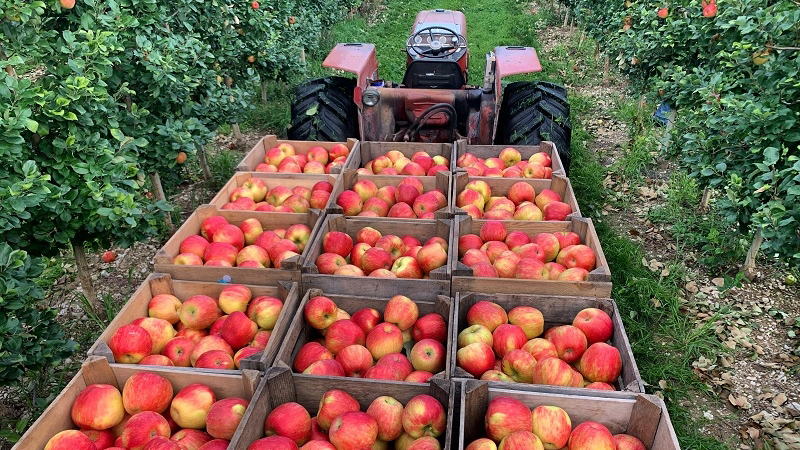Can Scientists Speed up Growth of Citrus Trees?
The ability to kick-start the growing process of plants is a superpower that has universal appeal for producers of all crops. A new University of Florida research project aims to improve citrus plant performance and productivity by providing breeders with traits to enhance the photosynthesis of cultivated crops.
By understanding the relationships between the pull of “sinks” (the places carbohydrates are used –fruits, roots, and newly growing stems) and the push from their production sources (leaves where photosynthesis takes place to make carbohydrates), UF/IFAS researchers Christopher Vincent and Fred Gmitter aim to find ways to speed up the growing cycles.
Vincent and Gmitter have received a $495,000 grant from USDA’s National Institute of Food and Agriculture to aid their quest.
Plants can only photosynthesize as much sugar as they can move out of their leaves to be used in tissues that don’t photosynthesize, Vincent points out. These are called sink tissues. If leaves have excess sugar, they reduce their photosynthetic activity, which would otherwise conserve water and nutrients. On the other hand, if the sinks are large, sugar moves faster and plants photosynthesize more, enabling plants to grow more rapidly.
“We plan to identify the effect of the size of sinks on how quickly sugars move out of leaves and through the phloem,” Vincent says. “We expect plants to grow faster when this relationship is optimal.”
To find this out for sure, the researchers will use pairs of plants that have exactly the same genes, but one will have exactly twice the number of copies of those genes. Previous research demonstrates these differences in gene copy number can have a big impact on growth habit and other differences caused not by specific genes themselves, but by how much each gene is expressed relative to other genes.
According to UF/IFAS, Vincent and Gmitter will study how this works in citrus, but their findings will apply to plants of all kinds.
“If we know the optimal relationship between leaves and sinks, breeders can select varieties and growers can select practices that lead to faster-growing plants,” Vincent concludes.









